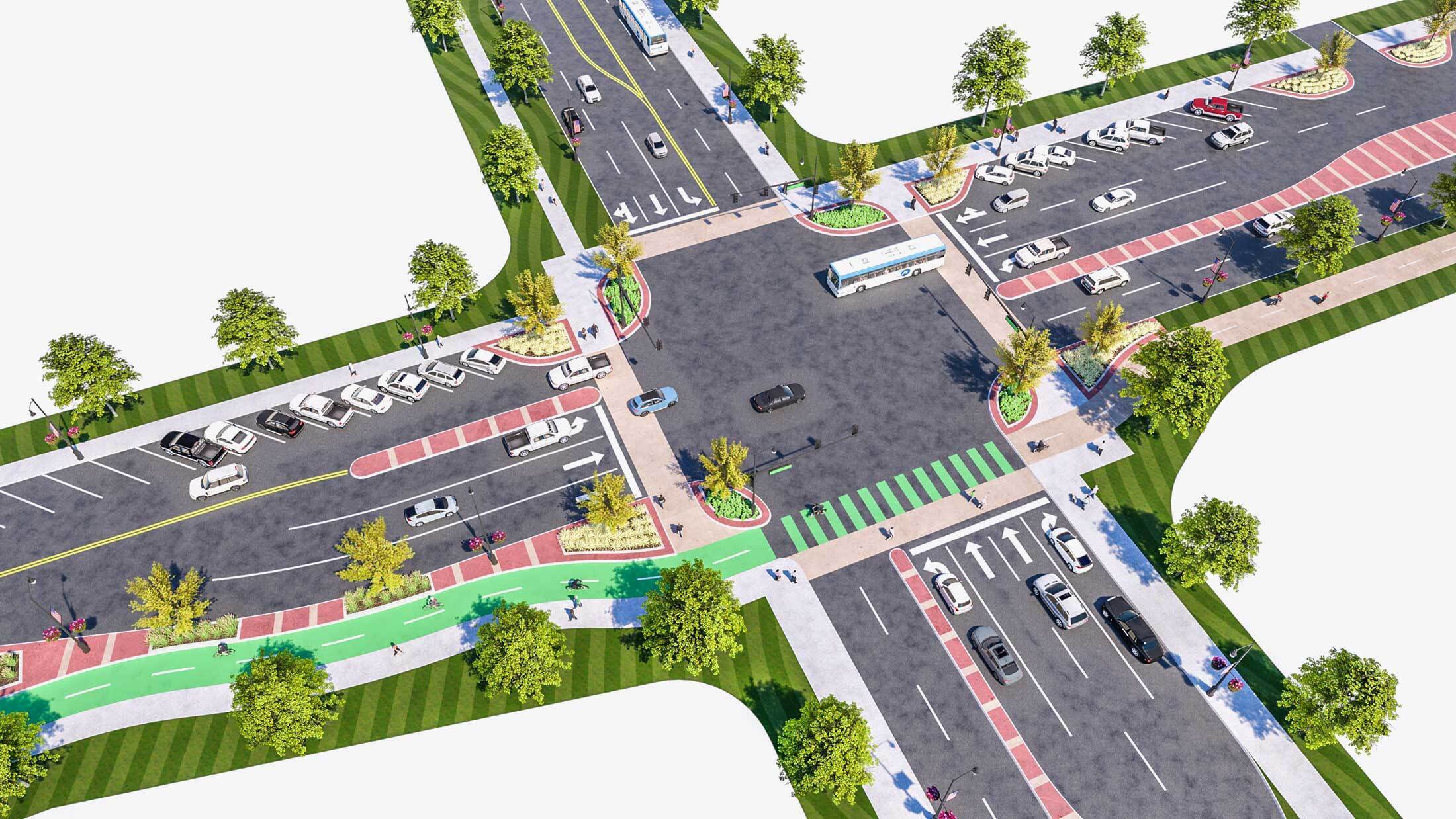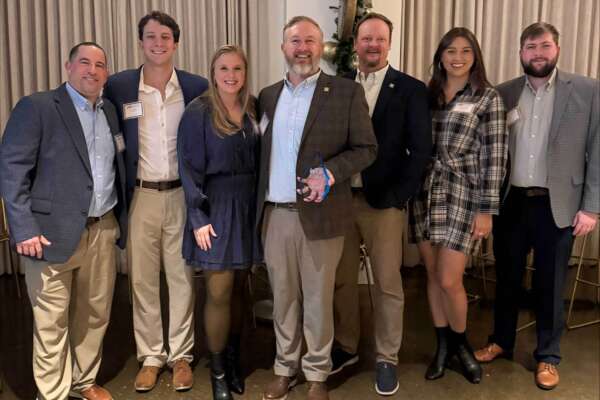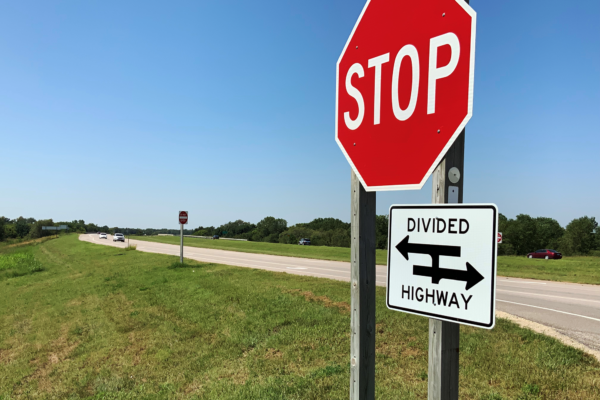What do protected intersection designs have to offer Northwest Arkansas?
Ten years ago, the first Dutch-style junctions or protected intersections (in this article called Dutch intersections) were constructed in a handful of major U.S. cities. While named for its country of origin, the Netherlands, the design is also well known in Belgium, Germany, Poland, and Japan. And since those first implementations in 2015, it continues to be adopted by U.S. cities that have taken the Vision Zero approach to traffic safety strategies, such as Eugene, Oregon, and Seattle, Washington — cities that installed their first Dutch intersections just last year — and Fremont, California, a city that installed their first Dutch intersection in 2019 and now has 18, with 15 more in development, as discussed in a recent Bloomberg article.
Elements of the design now appear in the American Association of State Highway and Transportation Officials’ (AASHTO) Bike Guide and in the National Association of City Transportation Officials’ (NACTO) Urban Bikeway Design Guide. A topic of discussion at a number of recent NACTO conference sessions and design workshops I’ve attended, the Dutch intersection design is a good option for a bicycle-friendly metropolitan region that increasingly values an inviting urban environment, like Northwest Arkansas.
In a Dutch intersection design, corner islands at each corner of the intersection provide a physical barrier between cyclists, pedestrians, and motor vehicles. In addition, the corner islands reduce the turning radius for vehicles, slowing them down while making cyclists and pedestrians easier to see.
Forward queuing areas for cyclists and pedestrians, ahead of the adjacent crosswalk, also bring cyclists into motorists’ line of sight. And they shorten the crossing distance, giving cyclists a head start across the intersection when the light turns green. This results in a safer right turn movement, which is statistically one of the most dangerous conflict points between vehicles, cyclists, and pedestrians.
When cyclists and pedestrians proceed, they are further protected by a lateral setback from adjacent vehicular lanes, preserving separation between them and vehicular traffic.
Bicycle-friendly signal phasing such as leading pedestrian intervals (LPI) complement this physical design, providing the crucial signals that control how and when people in cars, on bicycles, or on foot proceed across the intersection.

The elements of this design have been considered international best practices for decades. And since those first U.S. implementations in 2015, Dutch intersections and intersections incorporating key elements of the design have proven enormously effective. A growing number of case studies show this design reduces conflicts between cars, cyclists, and pedestrians and increases the real and perceived sense of safety for all.
For example, the San Francisco Municipal Transportation Agency reported that its Dutch intersection, implemented in 2016, resulted in 98% of vehicles turning through the intersection at the speed limit, or slower. The number of cars blocking bike lanes or the crosswalk while waiting was significantly reduced, and an impressive 100% of drivers yielded to pedestrians. The percentage of drivers who yielded to cyclists wasn’t far off - 96%.
A September 2018 study, Cycling at a Crossroads: The Design Future of New York City Intersections, from New York City DOT and Vision Zero, examined multiple designs and found high rates of perceived safety (93% of survey respondents felt safe cycling through an Offset Crossing, which is based on the Dutch intersection design principles) and that cyclists preferred the Offset Crossing to a Mixing Zone crossing, 70% to 12% (18% of those surveyed were neutral).
The ultimate benefit of the Offset Crossing (echoed in the findings from the San Franciso study) is summed up in the study as follows: “A continuous bike lane enhances the sense of security and creates more predictable movements.” That sense of security and the predictability of movement that helps everyone anticipate when to move and who to look out for creates not only a safer environment, but also one that more cyclists and pedestrians will use, essentially promoting a healthier community by making these transportation options more attractive.
Here in Northwest Arkansas, public support for diverse transportation options has increased significantly over the past five years. According to the results of the 2024 Regional Transportation Survey, released in January 2025 by the Northwest Arkansas Regional Planning Commission (NWARPC), there is a growing demand for safer cycling and walking infrastructure. Not to mention the region being increasingly known as a cycling destination, with more than 40 miles of Greenway trail connecting cities across the metropolitan area and more than 250 miles of mountain bike trail.
In step with that public demand, the NWARPC’s NWA Vision Zero Safety Action Plan, released in June 2023, sets out a Safe System Approach that rests on five key elements, two of which are directly addressed by the Dutch intersection design: safe speeds and safe roads (the plan specifically notes the safety provided by physical separation in relation to bicycle lanes and sidewalks).
A fantastic resource for city officials and transportation professionals in NWA, the plan also includes data showing which NWA corridors are High Injury Networks (HINs) and which intersections present the most risk. All good information for determining which intersection projects need priority and which would be context appropriate for the Dutch intersection design, or a variation based on it.









Share this article